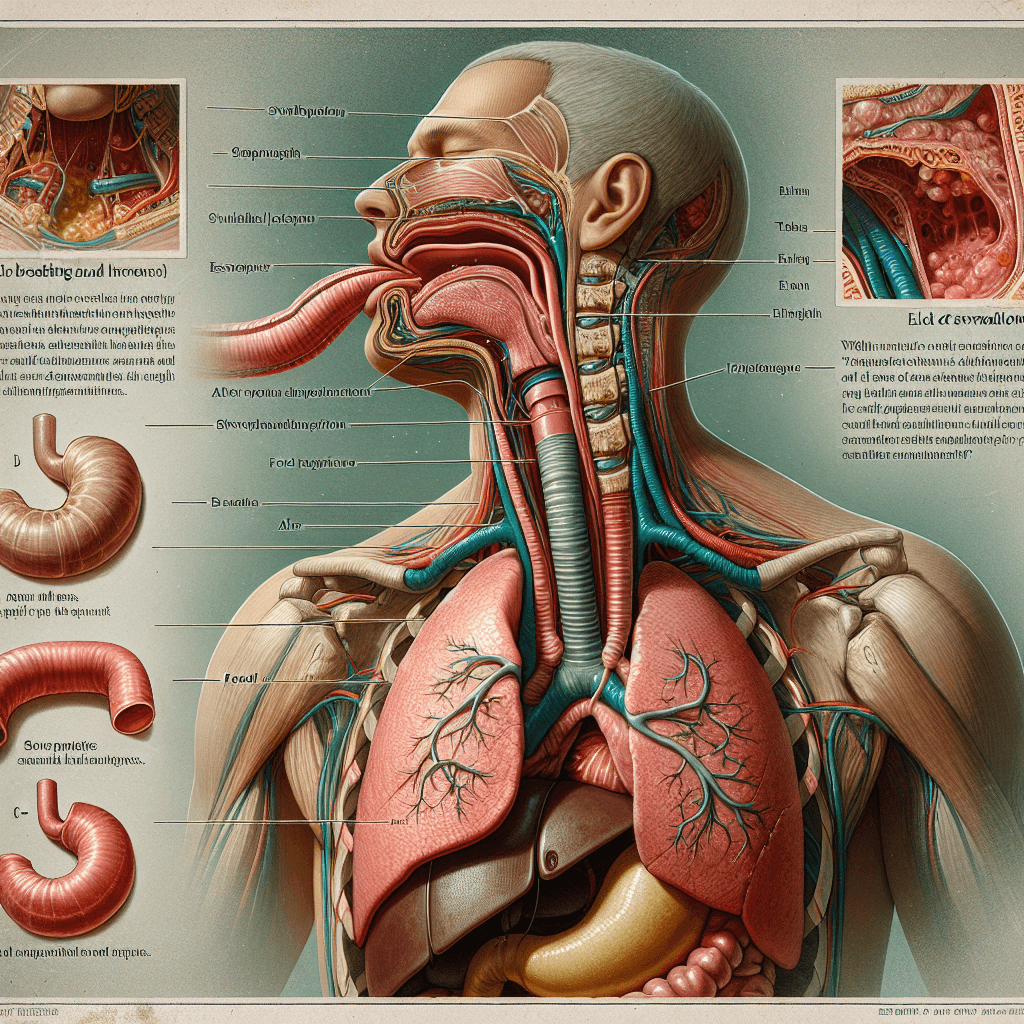Why is it physically impossible to swallow and breathe at the exact same time
Your body performs a split-second, life-saving maneuver every time you swallow, and it's the one thing that makes breathing at the same moment a physical impossibility.


Too Long; Didn't Read
TLDR: Your throat uses the same tube for both air and food. When you swallow, a small flap called the epiglottis covers your windpipe to prevent choking, which momentarily blocks your ability to breathe.
The Throat's Two-Way Street: Why Is It Physically Impossible to Swallow and Breathe at the Exact Same Time?
Have you ever taken a quick gulp of water while laughing, only to end up in a coughing fit? Or tried to answer a question mid-chew and felt that familiar panic as food "goes down the wrong pipe"? These common experiences aren't just clumsy moments; they're failed attempts at defying a fundamental rule of human anatomy. While breathing and eating are both essential for survival, our bodies are hardwired to ensure they never happen at the exact same instant. This isn't a matter of coordination but a critical, life-saving design feature. This post will explore the intricate anatomical structures and neurological reflexes that make swallowing and breathing mutually exclusive events, revealing the elegant system that protects us with every single bite.
Anatomy 101: Where Air and Food Cross Paths
To understand why these two actions can't overlap, we first need to look at the anatomy of the throat. The key area is a region called the pharynx. Think of the pharynx as a busy intersection inside your neck. It’s the shared passageway that connects both your nasal cavity and mouth to the downstream pipes:
- The Larynx (Voice Box) and Trachea (Windpipe): The route for air to your lungs.
- The Esophagus: The route for food and liquid to your stomach.
Because both air and food must pass through this same intersection, a highly effective traffic control system is needed to prevent catastrophic collisions—namely, food entering the airway.
The Guardian of the Airways: Meet the Epiglottis
The star player in this traffic control system is a small, leaf-shaped flap of cartilage at the base of the tongue called the epiglottis. Its name literally means "above the glottis" (the glottis being the opening to the vocal cords and trachea). The epiglottis acts as a vigilant gatekeeper for your airway.
When you are just breathing, the epiglottis stands upright, allowing air to flow freely from the pharynx into the larynx and down to the lungs. However, the moment you decide to swallow, a brilliant and complex sequence of involuntary muscle movements kicks in:
- Your tongue pushes the food or liquid to the back of your throat.
- Your soft palate lifts to block off your nasal cavity, preventing things from going up your nose.
- Crucially, your entire larynx lifts up and forward.
- This upward movement causes the epiglottis to fold down like a lid, perfectly covering the opening of the trachea.
This action effectively seals off the airway for the split second it takes for the food or drink to be guided safely down the correct path—the esophagus. Once the swallow is complete, the larynx lowers and the epiglottis pops back up, reopening the airway.
It's All in Your Head: The Brain's Role
This perfectly timed maneuver isn't just a mechanical process; it's orchestrated by a command center in your brainstem. The swallowing reflex is so critical that it temporarily overrides the breathing reflex. A specific region in the brainstem, known as the swallowing center, coordinates all the necessary muscle movements.
Simultaneously, it sends a signal to the respiratory center to pause breathing. This brief halt, known as swallowing apnea, ensures that you don't inhale while the epiglottis is in motion or while food is passing the airway opening. It's an automatic, involuntary safety measure that ensures the "air" lane is closed while the "food" lane is in use.
The Exception: What About Babies?
You may have heard that human infants are the exception to this rule. To an extent, this is true. A newborn's larynx is positioned much higher in the neck than an adult's. This high position allows the epiglottis to touch the soft palate, creating two separate pathways. This unique arrangement allows milk to stream around the sides of the larynx and into the esophagus while the baby continues to breathe through their nose. This ability is lost around three to six months of age as the larynx descends to its lower position—a key anatomical change that is essential for the development of complex human speech.
Conclusion
So, why is it physically impossible to swallow and breathe at the exact same time? The answer lies in a shared pathway, the pharynx, and a brilliant safety mechanism that protects it. The epiglottis acts as a flawless guard, sealing off the windpipe during the act of swallowing, a process meticulously controlled by involuntary reflexes in our brainstem. While it might seem like a limitation, this inability is actually one of our body’s most important protective designs, preventing choking and ensuring that air goes to our lungs and food goes to our stomach. The next time you enjoy a meal, take a moment to appreciate the silent, sophisticated ballet happening in your throat with every single swallow.


